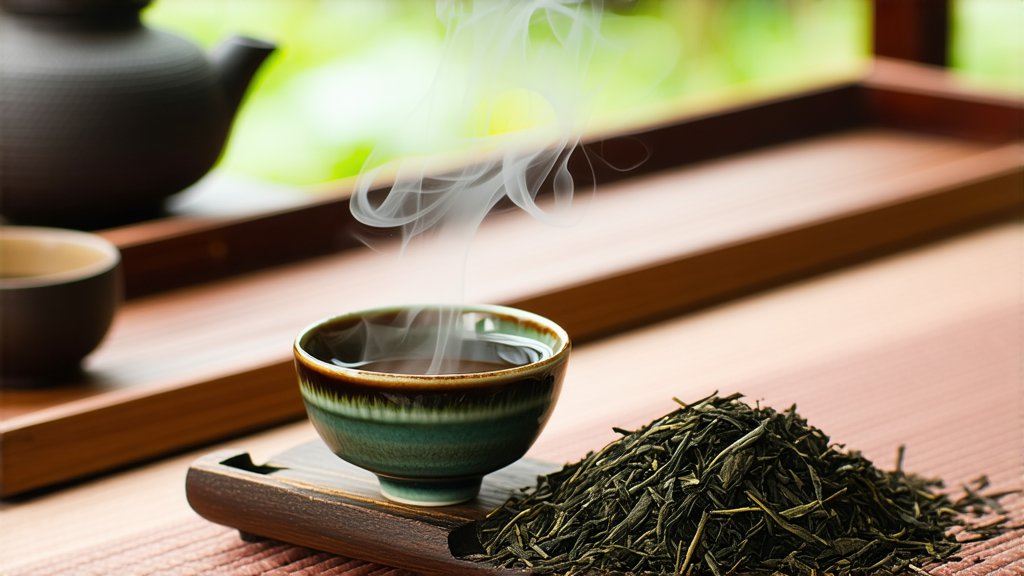
Introduction
Keemun Black Tea, hailing from the Qimen County in Anhui Province of China, is a distinguished variety of black tea that has garnered international acclaim for its unique flavor profile and rich history. This article delves into the origins, types, production techniques, brewing methods, and tasting experiences of Keemun Black Tea, offering an in-depth understanding of this exquisite beverage to international readers.
History
The story of Keemun Black Tea dates back to the Ming Dynasty, around the 16th century. It was during this period that tea cultivation began to flourish in the Qimen region, thanks to its favorable geographic and climatic conditions. The tea gained prominence when it became a favorite of British merchants in the 19th century, leading to its widespread popularity in Europe. Over time, Keemun Black Tea became synonymous with high quality and sophistication, earning its place as one of the world's most cherished teas.
Varieties
Keemun Black Tea encompasses several subtypes, each with its own distinct characteristics and flavors. The most renowned varieties include Keemun Maofeng, Keemun Hao Ya, and Keemun Guapian. Keemun Maofeng is known for its fine downy buds and delicate taste, while Keemun Hao Ya features larger leaves and a more robust flavor. Keemun Guapian, on the other hand, is processed into flat pieces, resulting in a smooth and mellow cup. Each variety offers a unique sensory experience, catering to diverse palates and preferences.
Production Process
The production of Keemun Black Tea involves several meticulous steps that contribute to its exceptional quality. The journey begins with the careful plucking of tender tea leaves, typically in the early spring. These leaves are then withered under controlled conditions to reduce moisture content and enhance their aroma. Following withering, the leaves undergo rolling, which helps to break down cell walls and release essential oils. The next step is fermentation, where the leaves are left to oxidize, developing their characteristic dark color and rich flavor. Finally, the leaves are dried over charcoal fires, imparting a subtle smokiness that distinguishes Keemun Black Tea from other varieties.
Brewing Methods
To fully appreciate the nuances of Keemun Black Tea, proper brewing techniques are essential. Begin by preheating your teapot or cup with hot water to ensure an even extraction of flavors. Use freshly drawn water at a temperature of approximately 90-95°C (194-203°F). For every gram of tea leaves, use about 150-200 milliliters of water. Steep the tea for 3-5 minutes, adjusting the time according to your taste preferences. Strain the leaves and serve the tea immediately to enjoy its optimal freshness and complexity.
Tasting Experience
The tasting of Keemun Black Tea is a multifaceted sensory journey. Upon the first sip, you will be greeted by a rich, full-bodied flavor with hints of malt and fruit. The tea leaves impart a smooth, velvety texture that coats the palate, leaving a lasting impression. As you savor the tea, you may notice subtle notes of chocolate, caramel, or even a faint smokiness, depending on the variety. The aftertaste is clean and refreshing, with a lingering sweetness that invites another sip. To fully appreciate the depth and complexity of Keemun Black Tea, take your time to enjoy each sip mindfully, allowing the flavors to unfold gradually.
Conclusion
Keemun Black Tea stands as a testament to the artistry and tradition of Chinese tea culture. Its rich history, diverse varieties, meticulous production process, and exquisite tasting experience make it a treasured beverage among tea enthusiasts worldwide. By exploring the world of Keemun Black Tea, one can gain a deeper appreciation for the craftsmanship and dedication that goes into creating each cup, fostering a connection between cultures and continents through the shared love of tea.